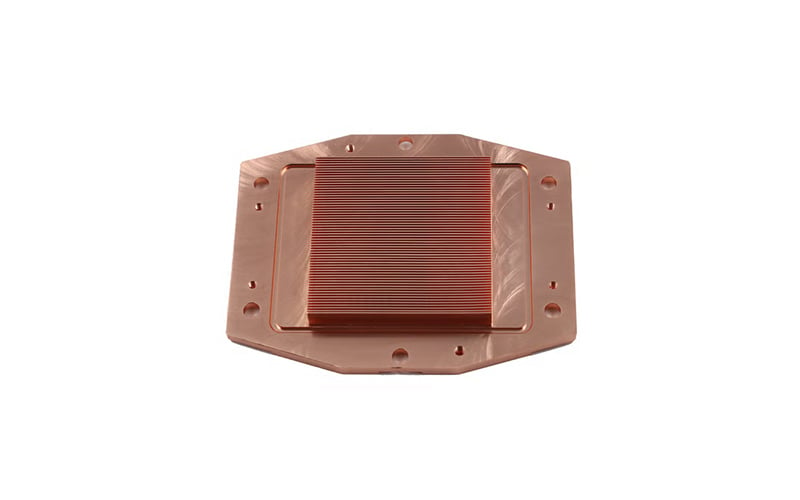Reduced thermal resistance design is a crucial aspect in the field of engineering and technology, especially in the development of electronic devices and systems. It involves minimizing the barriers that impede the flow of heat within a system, ultimately improving the overall thermal performance.
Importance of Efficient Heat Dissipation
Efficient heat dissipation is essential for the longevity and reliability of electronic components. By implementing reduced thermal resistance design, engineers can ensure that heat is effectively transferred away from critical components, preventing overheating and potential damage.
Enhancing System Performance
Reduced thermal resistance design plays a significant role in enhancing the performance of electronic systems. By optimizing heat management, engineers can improve the efficiency and functionality of devices, leading to better overall user experience.
Choosing the Right Materials
Selecting the appropriate materials is key to achieving reduced thermal resistance design. Engineers must consider the thermal conductivity and heat dissipation properties of materials to ensure optimal performance. Common choices include copper, aluminum, and various thermal interface materials.
Optimizing Contact Surfaces
Efficient thermal management also relies on optimizing contact surfaces between components. By ensuring proper contact and minimal thermal resistance at these interfaces, engineers can enhance heat transfer and prevent thermal bottlenecks within the system.
Utilizing Heat Sinks and Thermal Solutions
Heat sinks and thermal solutions are essential components in reducing thermal resistance design. These passive cooling mechanisms help dissipate heat efficiently, maintaining optimal operating temperatures and prolonging the lifespan of electronic devices.
Implementing Thermal Simulation and Analysis
Thermal simulation and analysis tools are valuable resources for engineers looking to optimize heat management. By modeling the thermal behavior of a system, engineers can identify potential hotspots and design solutions to reduce thermal resistance effectively.
Addressing Size and Form Factor Constraints
Designing for reduced thermal resistance can be challenging, especially when faced with size and form factor constraints. Engineers must find innovative ways to incorporate effective thermal management solutions without compromising the overall design and functionality of the system.
Future Trends in Thermal Management
As technology continues to advance, the demand for efficient thermal management solutions will only increase. Innovations in materials, cooling techniques, and thermal design software will drive the development of more sophisticated reduced thermal resistance designs.
Conclusion
In conclusion, reduced thermal resistance design is a critical consideration for engineers working in the field of electronics and technology. By prioritizing efficient heat dissipation, choosing the right materials, optimizing contact surfaces, and utilizing thermal solutions, engineers can enhance system performance and reliability.
Quote Inquiry
contact us

